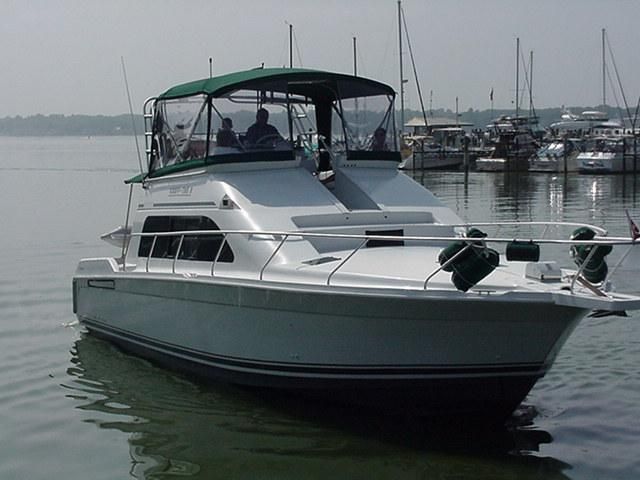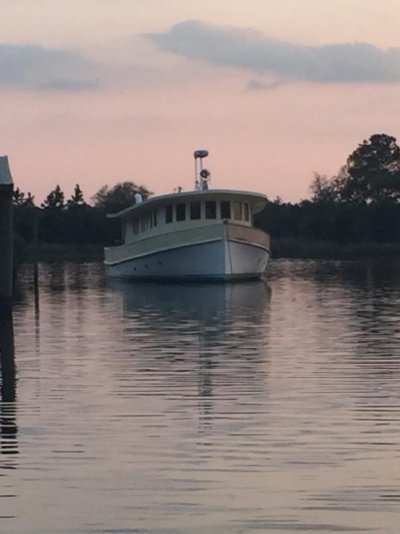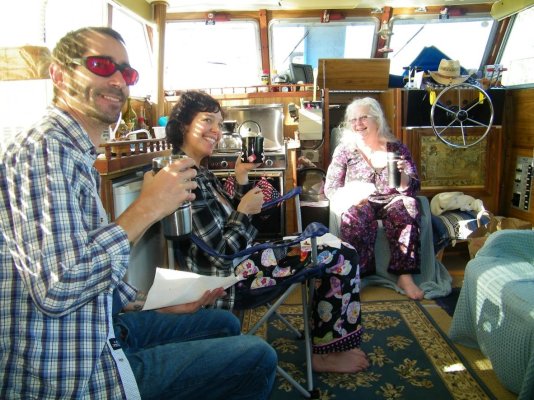Yo - Topsail...
Welcome aboard TF!
Great to have a 20 yr. old that knows what he's talking about and actually reads what other's say. Too Cool!
So... anyway... In regards to side or no side decks: "Dif Strokes fer Dif Folks"
Me - I'm addicted to side decks with full railing all over outer portions of boat. Safety, serviceability, and quick maneuverability are my/our three prime reasons.
Of course I/we do want room inside too. That's why we own a 34' loa, 12'6" beam Tollycraft; she's seaworthy, self contained, comfortably laid out and built like a tank for a Pleasure Boat!
Some like to call nearly every boat a "Trawler"; that's an advertising gimmick that really got underway for general usage in the early 80's. Word The word "Trawler" worked quite well and sounds romantic as that term was then printed on promotions and it helped sell a lot of "Pleasure Boats"!
Side decks on our Tolly are just wide enough to easily pass through while leaving enough interior room for playtime and "other" things

.
Best luck in all your boat doings - for the rest of your life!
Happy Side-Deck Daze! - Art




 .
.


